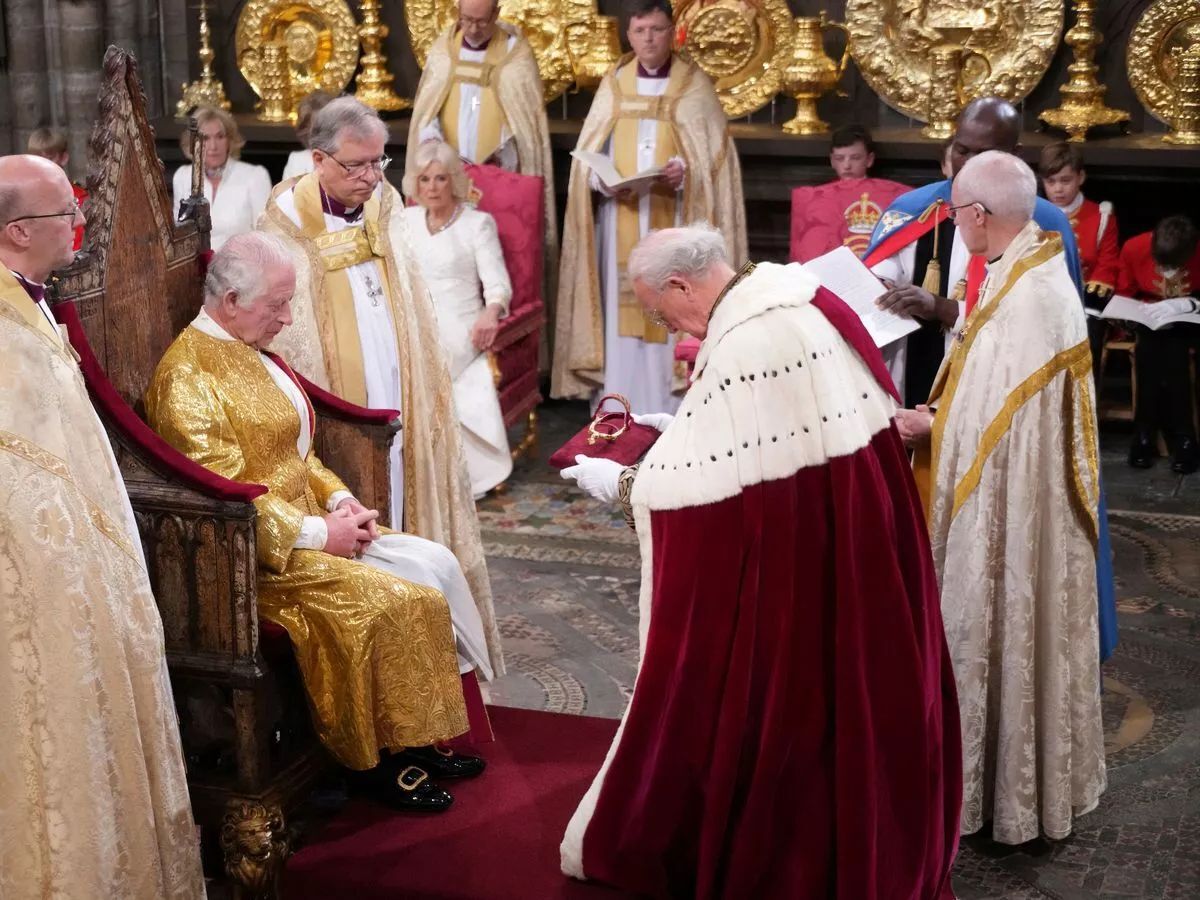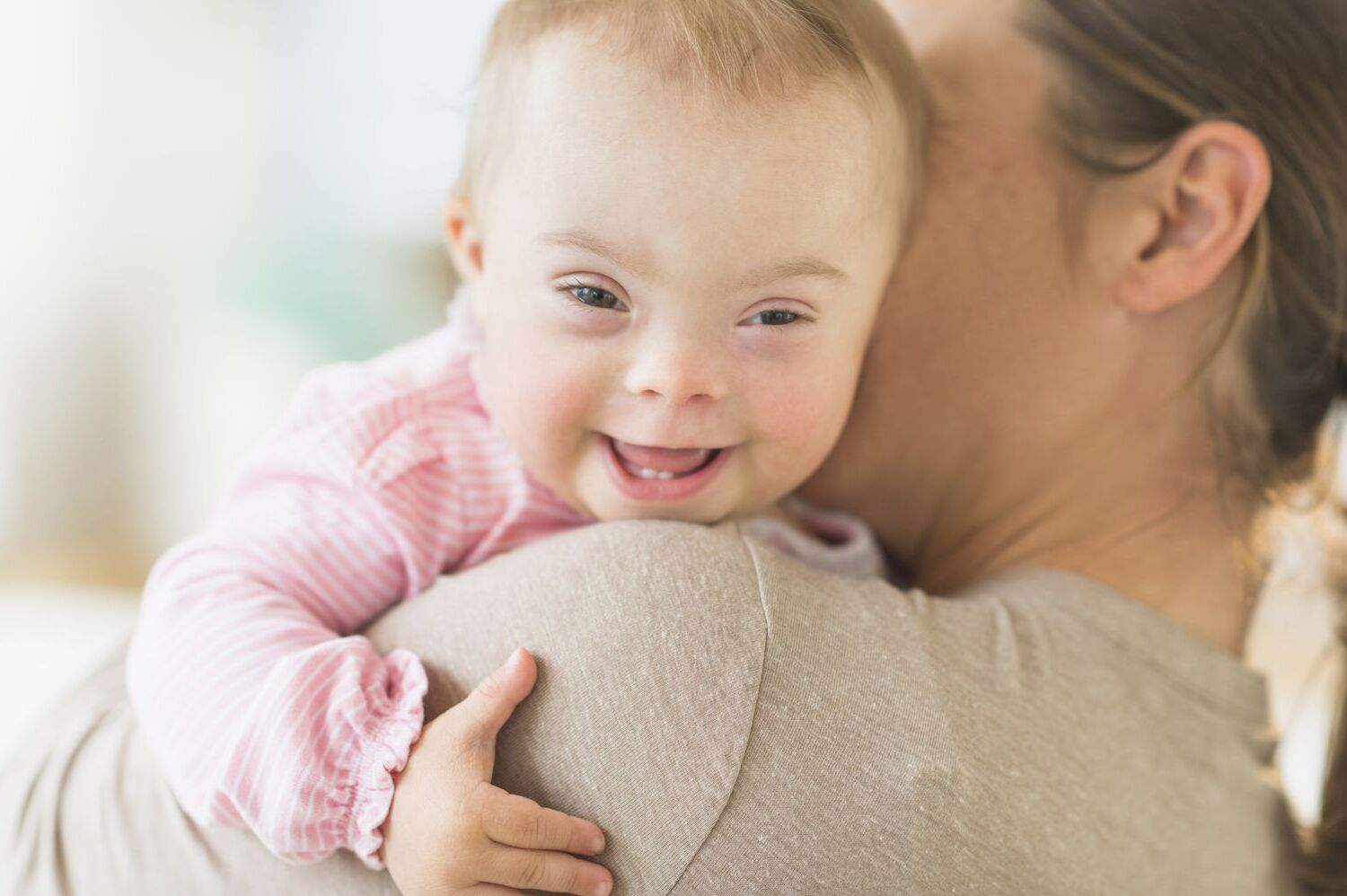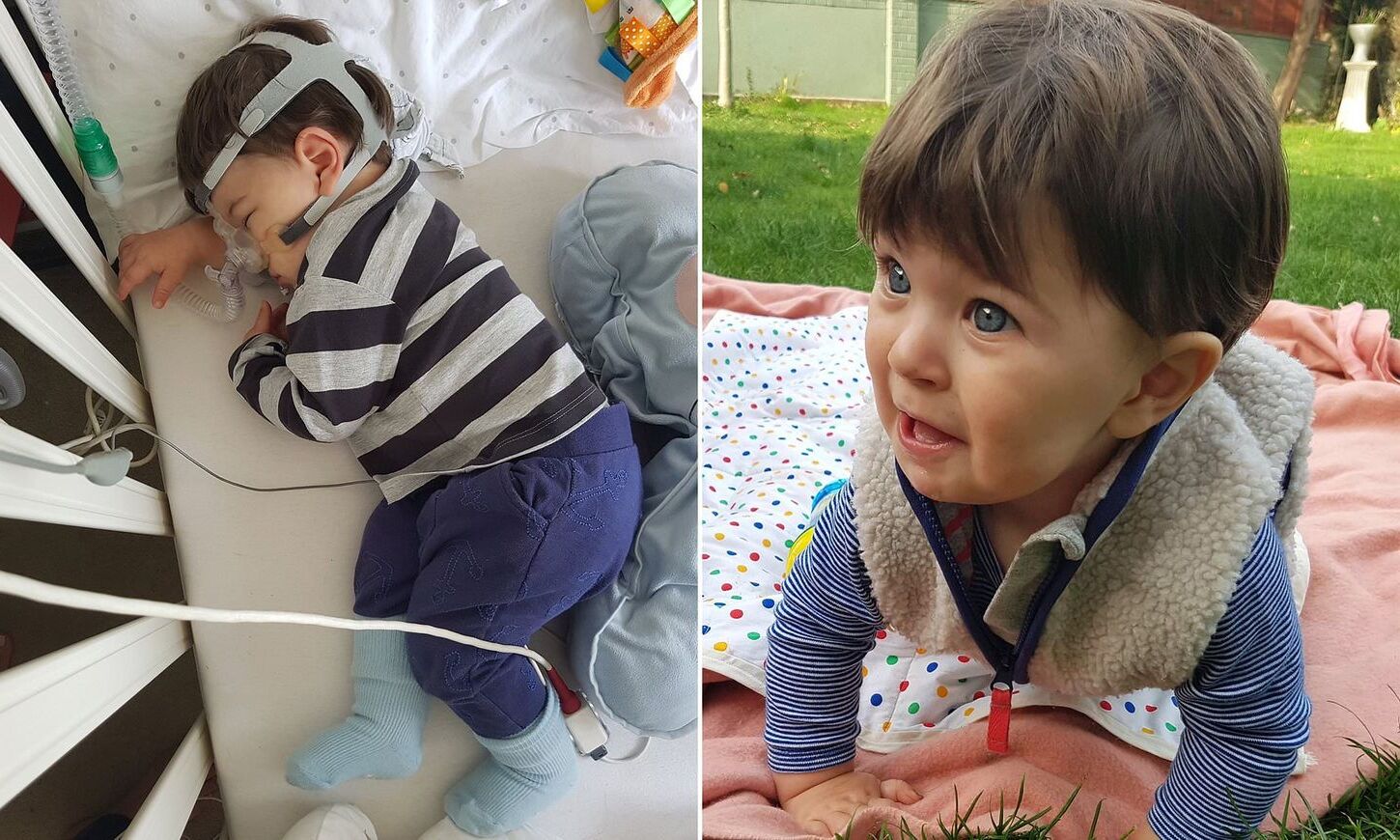
Coronation ceremonies have long been a spectacle of tradition, grandeur, and unique customs. From the first recorded coronation of William the Conqueror in 1066 to the modern-day rituals, these events are steeped in history and symbolism. Unusual coronation rituals around the world highlight the diverse ways monarchies celebrate their new rulers. Whether it's the sacred anointing with holy oil, the use of ancient regalia, or the quirky traditions like tree planting, each ceremony offers a glimpse into the cultural and historical fabric of a nation. Dive into these 40 intriguing facts to uncover the peculiarities and commonalities that make coronations so captivating.
Key Takeaways:
- Monarchies worldwide have unique coronation traditions, from anointing with holy oil to symbolic regalia, reflecting the power and authority of the monarch.
- Coronation ceremonies have evolved over time, incorporating public spectacle and modern technology, while maintaining historical traditions and symbolic significance.
Historical Significance and Venues
Coronation ceremonies have been a cornerstone of monarchies worldwide. Each event is steeped in tradition, reflecting the cultural and historical context of its time.
-
The first recorded coronation was in 1066 when William the Conqueror became King of England. This event marked the beginning of a long tradition that has evolved over the centuries.
-
Almost every coronation in British history has taken place at Westminster Abbey, a venue that has hosted 39 English and British monarchs since William the Conqueror in 1066.
Unique Traditions and Symbolic Regalia
From symbolic regalia to unique traditions, coronation ceremonies are filled with fascinating elements that highlight the power and authority of the monarch.
-
Coronation ceremonies around the world are filled with unique and sometimes bizarre traditions. For instance, the Japanese coronation ceremony emphasizes harmony and balance, while the Thai ceremony is marked by elaborate displays and an emphasis on the king’s connection to the divine.
-
One common thread among many coronation ceremonies is the use of symbolic regalia to represent the power and authority of the monarch. From crowns and scepters to thrones and swords, these items carry deep symbolic significance and spiritual or religious meaning.
Religious Elements and The Coronation Oath
Religion plays a significant role in many coronation ceremonies, highlighting the close relationship between monarchy and faith.
-
Many coronation ceremonies include religious elements such as prayers, blessings, and offerings to the gods. These elements highlight the close relationship between religion and monarchy in many cultures.
-
The Coronation Oath is a crucial part of the ceremony, where the monarch promises to govern according to the law and maintain “the Protestant Reformed religion.” This oath has been specified in the Coronation Oath Act of 1688 and has been updated slightly over time.
Anointing and The Coronation Spoon
Anointing with holy oil is a sacred part of the coronation ceremony, symbolizing the divine right of the monarch.
-
The anointing with holy oil is a sacred part of the coronation ceremony. The oil used for King Charles III was created using olives harvested from two groves on the Mount of Olives in Jerusalem, perfumed with essential oils based on an ancient recipe used at Queen Elizabeth II’s coronation.
-
The Coronation Spoon, used to anoint the monarch with holy oil, dates back to the 14th century. This spoon has been used in every coronation since 1349, symbolizing the continuity of the monarchy.
The Coronation Regalia and Crown Jewels
The regalia and crown jewels are essential elements of the coronation, each piece carrying deep historical and symbolic significance.
-
The Coronation Regalia include precious jewels and items used for every royal coronation. These include the King Edward’s Crown, the Imperial State Crown, the Sovereign’s Sceptre with Cross, the Coronation Spoon, and the Sovereign’s Orb.
-
The Crown Jewels are the most precious jewels belonging to the monarchy. Among these jewels are the items that make up the Coronation Regalia. The King Edward’s Crown, for example, has been worn by every monarch since Charles II and is adorned with 444 precious and semi-precious stones.
The Coronation Chair and Handel’s Coronation Anthem
Certain objects and traditions have been part of coronation ceremonies for centuries, adding to the rich tapestry of these events.
-
The Coronation Chair, which contains the Stone of Scone, has been used since 1308. This chair is an ancient symbol of the Scottish monarchy and has been a part of every coronation ceremony since its inception.
-
Handel’s coronation anthem “Zadok the Priest” has been played at every coronation since 1727. This anthem is a testament to the enduring musical tradition of coronation ceremonies.
Historical Variations and Notable Coronations
Coronation ceremonies have evolved over time, with some notable deviations and unique events.
-
The Coronation Oath Act of 1688 specified the oath that the monarch must take during the coronation ceremony. This act ensured that the monarch would govern according to the law and maintain “the Protestant Reformed religion”.
-
In the 18th and 19th centuries, public spectacle sometimes overshadowed religious significance. For example, at George III’s coronation, some of the congregation began to eat a meal during the sermon, highlighting the shift in focus from religious solemnity to public display.
-
Coronation ceremonies have evolved over time. For instance, Stuart ceremonies involved monarchs being crowned twice, once as King of Scots and once as King of England. This practice ceased after the Acts of Union in 1707.
-
Edward VIII was never crowned as King. His reign lasted only 325 days, and he abdicated to marry Wallis Simpson. His brother Albert became King George VI, marking a significant deviation from the traditional coronation process.
-
King William IV sought to avoid an overly lavish coronation ceremony. His coronation in 1831 was referred to as a ‘penny coronation’ or a ‘Half Crown-nation’ because it was so stripped back. He spent just £30,000 on his coronation, compared to his brother’s £240,000.
Coronation Feasts and Modern Coverage
Coronation ceremonies have also included grand feasts and have adapted to modern technology for wider coverage.
-
Coronation feasts have been a part of these ceremonies for centuries. In 1308, guests at Edward II’s coronation feast managed to drink 1,000 casks of wine, showcasing the lavish nature of these events.
-
The coronation of Queen Elizabeth II was the first to be televised. In 1953, 27 million people in the UK watched the event on television, while millions more listened to it on the radio.
-
The first photograph of a coronation was taken during George V’s coronation in the early 20th century by Sir Benjamin Stone, an MP and amateur photographer.
-
In 1937, the BBC was allowed to broadcast George VI’s coronation service on the radio, marking another milestone in the evolution of coronation coverage.
The Coronation Guidebook and The Act of Consecration
Detailed guidebooks and sacred acts have been integral to the structure and sanctity of coronation ceremonies.
-
The Liber Regalis is a Latin manuscript created in 1382 that details the order of service for coronations. This guidebook has been used since the late 14th century and outlines the structure of every coronation ceremony.
-
The Act of Consecration is the most sacred part of the coronation ceremony, where the archbishop anoints the monarch with holy oil. This moment is treated with utmost respect and privacy, symbolizing the association of the monarch with the divine.
Swords, Mace, and Tree Planting Ceremonies
Various symbolic items and unique traditions add to the grandeur and significance of coronation ceremonies.
-
The Sword of State is carried before the monarch during the coronation procession. This sword symbolizes temporal justice and is an essential part of the regalia.
-
The Sword of Mercy has a blunted tip and is carried during the coronation procession. This sword represents mercy and is part of the regalia used in British coronations.
-
The Sword of Spiritual Justice is another sword carried during the coronation procession. This sword represents spiritual justice and is an important part of the regalia.
-
The Royal Mace is carried before the monarch during the coronation procession. This mace symbolizes authority and is an essential part of the regalia.
-
The King often participates in tree planting ceremonies during engagements. After planting each tree, His Majesty gives a branch a friendly shake to wish them well.
Queen Mary’s Crown and Gold Ingot
Certain items and practices have unique historical significance and continue to be part of coronation ceremonies.
-
For the coronation of King Charles III, Queen Mary’s Crown will be worn by the Queen Consort. This is the first time a Consort’s crown has been re-used since the 18th century and will feature diamonds from Queen Elizabeth II’s personal jewelry collection.
-
One of the most unusual traditions of coronations gone by was the fact that monarchs used to offer up a large wedge of gold (a gold ingot) during the ceremony. This practice was part of the lavish displays and offerings made during these events.
Edward the Confessor’s Regalia and Coronation Costs
The regalia and costs associated with coronations have varied significantly over the centuries.
-
Edward the Confessor may have been the first monarch to assemble a regalia, or crown jewels. This regalia has been replaced or altered over the succeeding centuries, reflecting the evolving nature of coronation ceremonies.
-
The cost of coronations has varied significantly over the centuries. King William IV’s coronation in 1831 was particularly frugal, costing just £30,000, while his brother’s coronation in 1821 cost around £240,000 (approximately £21.8 million in today’s money).
Public Participation and Historical Records
Public participation and historical records provide a glimpse into the evolution and significance of coronation ceremonies.
-
While coronations are formal events, they often involve significant public participation. For example, during George III’s coronation, some members of the congregation began to eat meals during the sermon, highlighting the shift in focus from religious solemnity to public display.
-
Historical records show that Anglo-Saxon monarchs were anointed with oil as part of their coronation ceremonies. These records date back to the seventh and eighth centuries, demonstrating the long-standing practice of anointing monarchs with holy oil.
The Hollow Gold Orb and The Sovereign’s Ring
Certain objects used in coronations carry deep symbolic meaning and have been part of these ceremonies for centuries.
-
The hollow gold orb, set with pearls, precious stones, and a large amethyst beneath the cross, was made in 1661 and has been used in every coronation since then. This orb symbolizes the monarch’s role as a unifier and symbol of national identity.
-
The Sovereign’s Ring, also known as “The Wedding Ring of England,” was originally made in 1831 for William IV. This ring features a cross of Saint George in rubies against a blue background of a single sapphire and has been used in every coronation since King William IV.
-
In some cases, alternative rings have been used due to the monarch’s small fingers. For example, during Queen Victoria’s coronation, her fingers were so small that the ring could not be reduced far enough in size, leading to the creation of an alternative ring.
Oldest Coronation Object and Consecration Oil
Some objects and practices have stood the test of time, continuing to be part of coronation ceremonies for centuries.
-
The oldest object used in coronations is the Coronation Spoon, which dates back to the 14th century. This spoon has been used in every coronation since 1349, symbolizing the continuity of the monarchy.
-
The consecration oil used in coronations is made from olives harvested from two groves on the Mount of Olives in Jerusalem. This oil is perfumed with essential oils and follows an ancient recipe used at previous coronations.
Evolution of Ceremonies
Coronation ceremonies have evolved significantly over time, adapting to reflect changing societal values and technological advancements.
- Coronation ceremonies have evolved significantly over time. From the inclusion of public spectacle to the use of modern technology for broadcasting, these ceremonies have adapted to reflect changing societal values and technological advancements.
The Enduring Significance of Coronation Rituals
Coronation rituals, with their rich tapestry of tradition, symbolism, and cultural heritage, offer a fascinating glimpse into the history and identity of monarchies worldwide. From the anointing with holy oil to the presentation of symbolic regalia, these ceremonies highlight the enduring connection between monarchy and religion. Unique customs, like the use of the Coronation Spoon or the Sovereign’s Ring, underscore the deep-rooted traditions that have evolved over centuries. Even the public spectacle and modern adaptations, such as television coverage, reflect changing societal values. Whether it’s the lavish coronation feasts or the sacred Act of Consecration, each element serves as a powerful reminder of the continuity and national identity embodied by these rituals. Coronation ceremonies, in all their grandeur and solemnity, remain a testament to the enduring significance of monarchy in our collective history.
Frequently Asked Questions
Was this page helpful?
Our commitment to delivering trustworthy and engaging content is at the heart of what we do. Each fact on our site is contributed by real users like you, bringing a wealth of diverse insights and information. To ensure the highest standards of accuracy and reliability, our dedicated editors meticulously review each submission. This process guarantees that the facts we share are not only fascinating but also credible. Trust in our commitment to quality and authenticity as you explore and learn with us.


